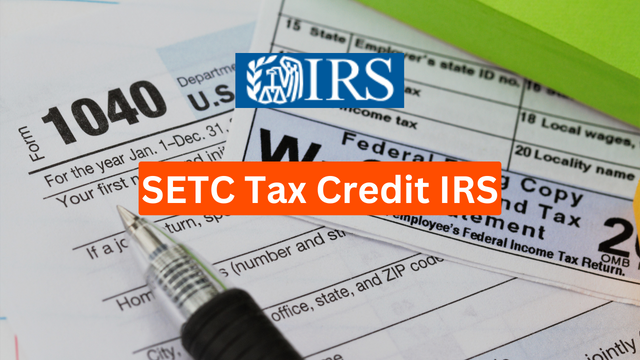Today, I want to delve deeper into some advanced strategies for managing your wealth and maintaining financial stability during your retirement years.
1. Utilize Donor-Advised Funds (DAFs)
Donor-advised funds offer a flexible way to manage your charitable giving while enjoying tax benefits. By contributing to a DAF, you receive an immediate tax deduction and can recommend grants to your favorite charities over time. This strategy allows you to bunch charitable donations, potentially lowering your taxable income in high-income years.
2. Implement a Roth Conversion Ladder
A Roth conversion ladder can help you gradually convert traditional IRA funds to a Roth IRA, reducing your tax burden over time. By converting smaller amounts each year, you can manage your tax bracket and benefit from tax-free withdrawals in the future. This strategy is especially beneficial if you expect to be in a higher tax bracket later in retirement.
3. Leverage Health Savings Accounts (HSAs) for Retirement
HSAs are not just for current medical expenses; they can also be a powerful retirement tool. Contributions to an HSA are tax-deductible, grow tax-free, and withdrawals for qualified medical expenses are also tax-free. After age 65, withdrawals for non-medical expenses are taxed at your ordinary income rate, similar to a traditional IRA. Maximize your HSA contributions and let the funds grow to cover healthcare costs in retirement.
4. Take Advantage of Qualified Charitable Distributions (QCDs)
If you are over 70½, you can make tax-free charitable donations directly from your IRA through a Qualified Charitable Distribution (QCD). This strategy allows you to satisfy your required minimum distributions (RMDs) while lowering your taxable income. It’s an effective way to support your favorite causes and reduce your tax liability simultaneously.
5. Explore Real Estate Investment Trusts (REITs) for Income
Investing in Real Estate Investment Trusts (REITs) can provide a steady income stream and diversify your investment portfolio. REITs are required to distribute at least 90% of their taxable income to shareholders as dividends, offering attractive yields. Additionally, they can act as a hedge against inflation and provide exposure to real estate markets without the hassle of direct property management.
6. Consider Longevity Annuities
Longevity annuities, also known as deferred income annuities, start paying out at a later age, such as 80 or 85. These annuities can provide a guaranteed income stream later in life, addressing the risk of outliving your savings. By allocating a portion of your retirement funds to a longevity annuity, you can secure a future income and gain peace of mind.
7. Use a Home Equity Conversion Mortgage (HECM)
A Home Equity Conversion Mortgage, or reverse mortgage, allows you to convert a portion of your home equity into tax-free cash without selling your home. This strategy can be a valuable source of funds for retirees who need additional income. However, it’s crucial to understand the terms and potential costs involved, so consulting with a specialized advisor is recommended.
8. Optimize Social Security Benefits
Many retirees don’t maximize their Social Security benefits. Strategies such as delaying benefits until age 70 to receive the highest possible monthly payment or coordinating spousal benefits can significantly impact your overall retirement income. Detailed planning and understanding of your options can lead to substantial long-term benefits.
Please reach out to me with any questions or to schedule a review of your financial plan. Together, we can uncover hidden opportunities and tailor a strategy that best suits your unique needs and goals.








